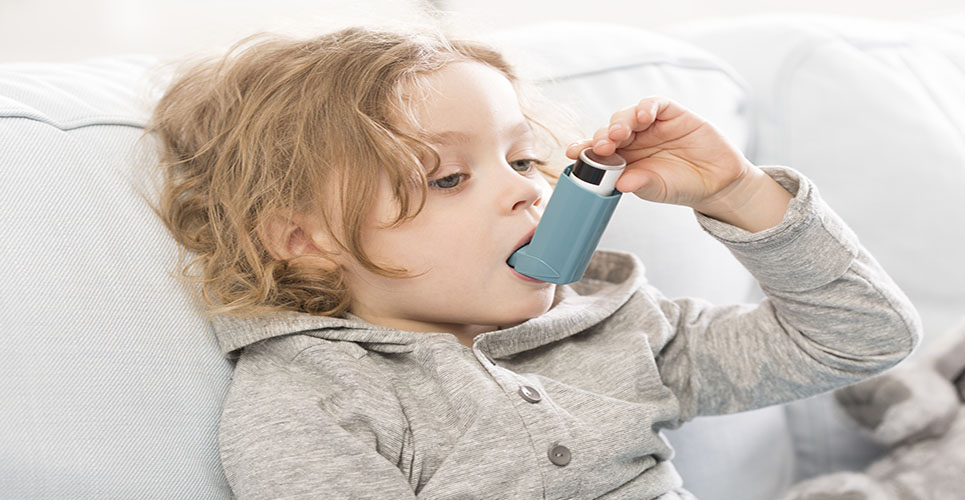teaser
Oral amoxicillin and IV benzyl penicillin have equivalent efficacy for treating pneumonia in previously well children, a study has found.
The researchers said oral treatment allowed children to go home sooner and avoided pain from cannulation, and recommended that “in countries like the UK with universal Haemophilus influenzae type b immunisation coverage and low rates of TB, all but the sickest children with pneumonia (i.e. those meeting our exclusion criteria) should be treated with oral amoxicillin”.
The researchers note that there have been no good-quality studies in the developed world comparing the outcomes of using oral versus intravenous antibiotics in children with community acquired pneumonia (CAP) who are sufficiently unwell to require hospital admission. The aim of their study was to therefore ascertain whether oral amoxicillin was therapeutically equivalent to IV benzylpenicillin in treating paediatric CAP.
Eight UK paediatric centres participated in this open-label equivalence study, in which 246 children with pneumonia requiring hospital admission were randomised to treatment with oral amoxicillin (n=126) or IV benzyl penicillin (n=120). Patients randomised to initial treatment with benzypenicillin were changed to oral amoxicillin on discharge or sooner if the clinical team considered their improvement warranted this (median of six doses of IV given). Doses were taken from Medicines for Children 2001 and treatment in both groups was for a total of seven days.
To be eligible for the study, fever, respiratory symptoms or signs and radiologically confirmed pneumonia had to have been present. Exclusion criteria included wheeze, oxygen saturations <85% in air, shock requiring >20ml/kg fluid resuscitation, immunodeficiency, pleural effusion at presentation requiring drainage, chronic lung condition (excluding asthma), penicillin allergy and age <6 months.
The main findings were as follows (per protocol analyses):
• The time for temperature to settle and oxygen requirement to cease for those needing oxygen was similar in the two groups (median time 1.3 days in the IV group and 1.2 days in the oral group; p=0.03 for equivalence).
• The median time for temperature to remain below 38°C for 24 continuous hours was 1.23 days in the IV group and 1.3 days in the oral group (p=0.0002).
• The median length of hospital stay was shorter in the oral group compared to the IV group (1.77 days versus 2.1 days, respectively, p<0.001).
• Three children in the oral group were changed to IV antibiotics in view of increasing respiratory distress or oxygen requirement. Seven children in the IV group were changed to different IV antibiotics due to ongoing fever.
• Median time to complete resolution of symptoms (defined as not coughing more than prior to the pneumonic illness and energy levels back to normal) was nine days in both groups.
Thorax, published early online 13/6/2007

